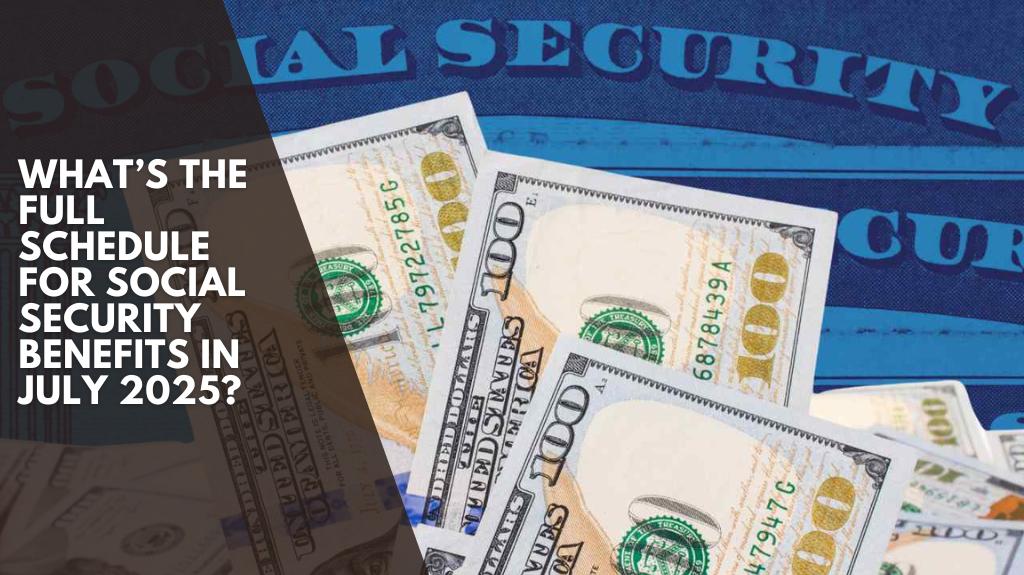For millions of retirees in the United States, July 2025 brings the predictable routine of Social Security payments. These benefits are vital for many, and understanding the schedule is crucial for planning. While the payment dates are set, they can vary based on your specific circumstances. Here’s the full breakdown of Social Security payment schedules for July 2025, what to expect on average, and how the amounts vary depending on when you begin collecting.
July 2025 Social Security Payment Dates
The Social Security Administration (SSA) has a structured payment schedule that depends on a recipient’s birthday and specific benefit types.
If you receive Supplemental Security Income (SSI), live abroad, or have Medicare premiums covered by the state, your payment will arrive on July 3, or the business day before. This is the fixed date for SSI beneficiaries and others in these categories.
For everyone else, the payment date depends on your birthday. Beneficiaries whose birthdays fall between:
1st and 10th of the month will receive their payment on the second Wednesday, which is July 9.
11th and 20th of the month will receive their payment on the third Wednesday, which is July 16.
21st or later in the month will see their payment on the fourth Wednesday, which is July 23.
These are the four key dates for Social Security retirement benefits in July 2025.
How Much Should You Expect from Social Security Payments?
The most recent data from January 2025 shows that the average monthly Social Security benefit for retirees is $1,976. This is a 2.5% increase over the previous year, driven by the cost-of-living adjustment (COLA).
For couples who both receive Social Security benefits, the combined average monthly payment rises to $3,089. However, these figures represent the average benefit and do not reflect the maximum possible amount.
The maximum benefit depends significantly on the retirement age:
Claiming at 62, the minimum eligible age for Social Security, sets a cap at $2,831 per month.
If you wait until your full retirement age (around 67 for most), the maximum increases to $4,018 per month.
The highest possible benefit, $5,108 per month, is available to those who delay claiming benefits until age 70.
Why the Maximum Benefit is So High
This maximum benefit is achieved through a unique mechanism in the system. For every year you delay your claim after your full retirement age, approximately 8% more is added to your monthly benefit. This increases your payment until you reach age 70, where the cap is $5,108 per month.
However, reaching this maximum benefit is not common. To qualify for the maximum, you would need:
To have earned a high income for the 35 years that Social Security uses to calculate your benefits.
To have paid contributions above the maximum tax threshold ($176,100 annually in 2025).
To have waited until age 70 to start collecting benefits.
The Reality for Most Beneficiaries
The reality is that most people do not reach the maximum benefit. While some individuals may earn around $2,000 per month, others, like Derek Fowler, a retired veteran, may fall somewhere in between. Derek, who started collecting benefits around age 66, receives around $3,800 per month. Others who waited until age 70 might surpass the $5,000 mark, though this is rare.
Derek explains, “In my circle, there’s a lot of variety. Some earn close to the average, around $2,000. Others, like me, who started around 66, get amounts in between. It’s a complex personal decision: should you take a smaller amount earlier, or wait for a larger check at the cost of those income years?”
Supplementing Social Security
It’s important to note that Social Security typically only covers about 40% of pre-retirement expenses. This is why savings or additional income is essential for most retirees to maintain their desired lifestyle. Whether it’s through savings, pensions, or other investments, most retirees need additional resources to complement their Social Security benefits.












